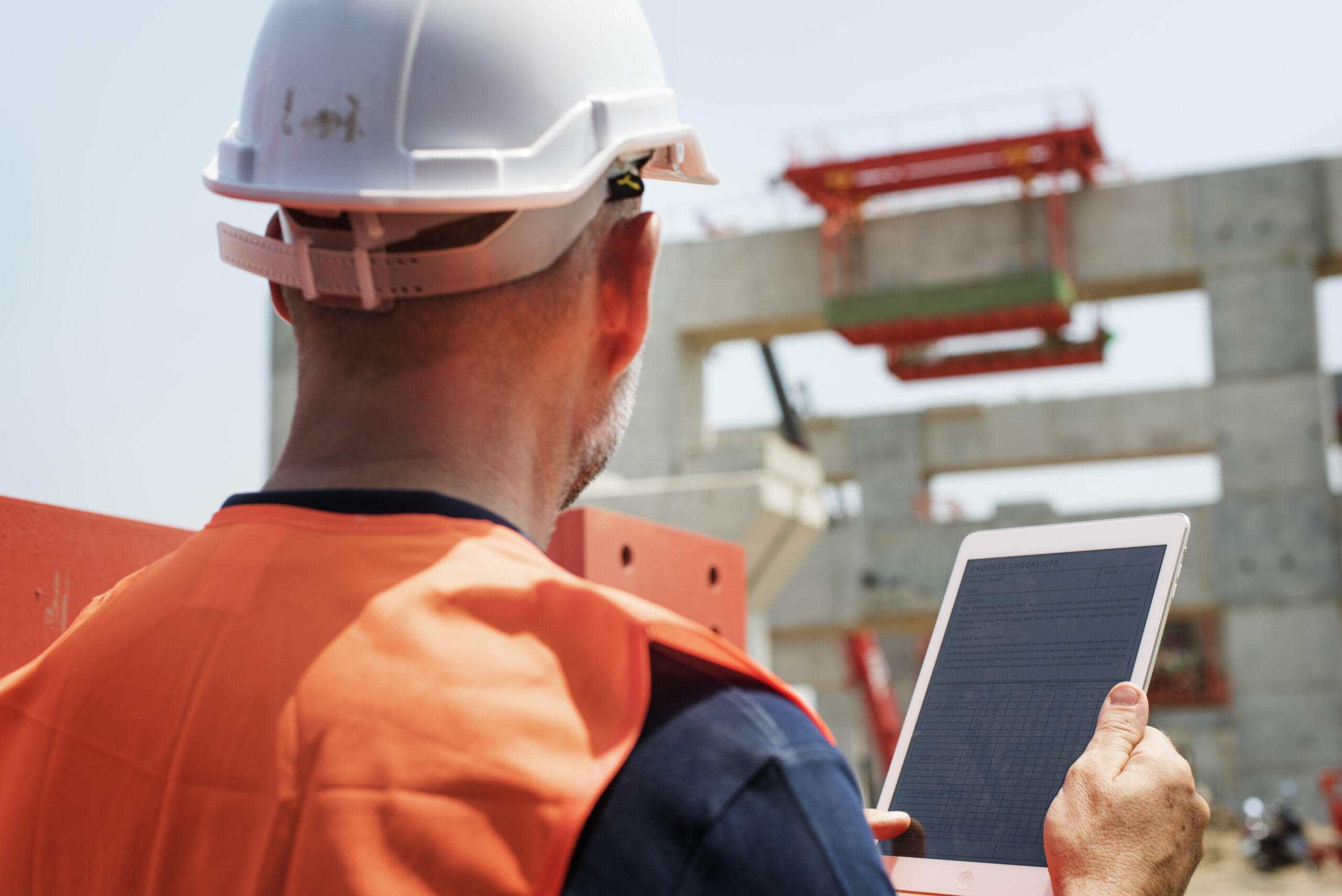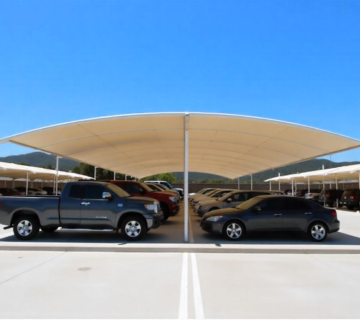As the demand for faster, more efficient, and sustainable construction contracts grows, the adoption of advanced technology is increasing. Understanding the key benefits and reasons for integrating technology into processes shows its impact on project outcomes, including:
Enhancing Productivity and Efficiency
Advanced tools like cutting-edge machinery and project management software help improve communication and coordination between teams, making construction processes smoother. For instance, the use of Building Information Modeling (BIM) helps in better visualizing and planning projects, leading to more efficient workflows.
Reducing Labor Costs
The use of robots, automation, and advanced machinery reduces the need for manual labor for basic tasks and minimizes the need for physical labor by handling heavy lifting and material transport. Drones are also used for photographic surveying and inspections, reducing the need for individuals in hazardous or hard-to-reach areas.
Meeting the Demand for Sustainable Construction
The use of environmentally friendly materials and techniques helps reduce environmental impact and increase energy efficiency, while renewable energy systems like solar panels and geothermal heating reduce reliance on fossil fuels. Additionally, Internet of Things (IoT) sensors monitor resource consumption and environmental conditions, enabling proactive measures to achieve sustainability.
Simplifying Complex Construction Projects
Advanced project management software helps with planning, scheduling, and resource allocation, while virtual reality (VR) and augmented reality (AR) tools allow for better visualization of designs and early detection of potential issues. Additionally, cloud-based collaboration platforms enhance communication and coordination among project stakeholders, even in remote or multiple sites.
Eliminating Doubts and Discrepancies
The use of digital documentation and real-time monitoring ensures project data accuracy, reduces errors, and facilitates quick decision-making. This technology also enhances trust and accountability by providing transparent, tamper-proof records of project transactions.
Improving Data Security and Organization
Secure data storage systems and encryption protocols help protect project information from unauthorized access, while centralized data management systems organize the data and improve its accessibility. Access controls and permissions ensure that only authorized individuals can access and modify project data, maintaining its integrity and confidentiality.
Examples of technology progress in the construction industry.
Drone technology
Drones equipped with high-resolution cameras and advanced sensors offer many benefits. They collect accurate data about terrain, buildings, and obstacles, saving time. Drones also improve safety by performing inspections in hazardous areas without putting human lives at risk. This technology is also used to monitor project progress, helping track developments in real-time and make better decisions.
3D Printing
3D printing has changed how architectural elements are designed and built. It allows creating complex shapes and details from design to construction. This technology saves money by reducing material waste and labor costs. Projects are finished faster with quick prototypes and advanced building methods.
Robots
Robotic systems, like those that lay bricks or pour concrete, bring significant improvements. These robots are precise in performing repetitive tasks, helping to speed up projects. They also assist workers in carrying out various tasks, making construction processes more efficient overall.
Green sustainability
With the growing awareness of environmental issues, sustainability and green building have become essential elements in the construction sector. The use of eco-friendly materials and technologies helps align construction projects with environmental goals. This includes using sustainable materials, designing buildings for energy efficiency, utilizing renewable energy sources, and conserving water.

 Ar
Ar En
En


